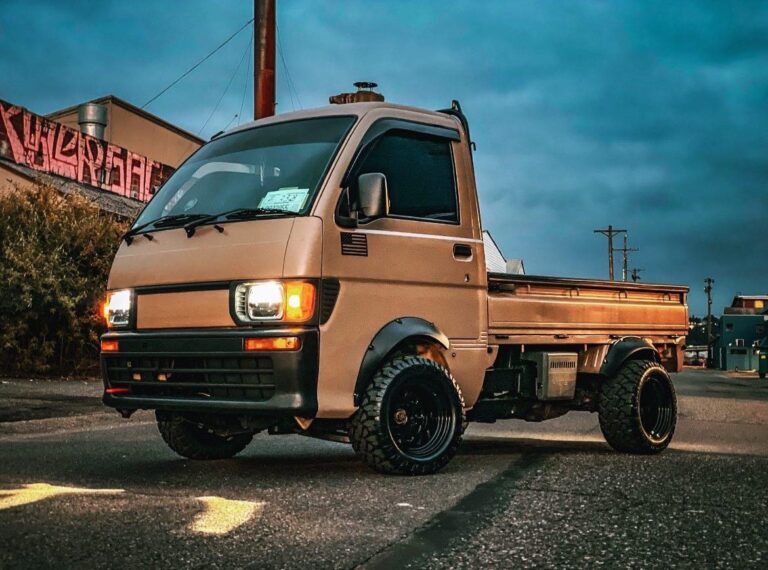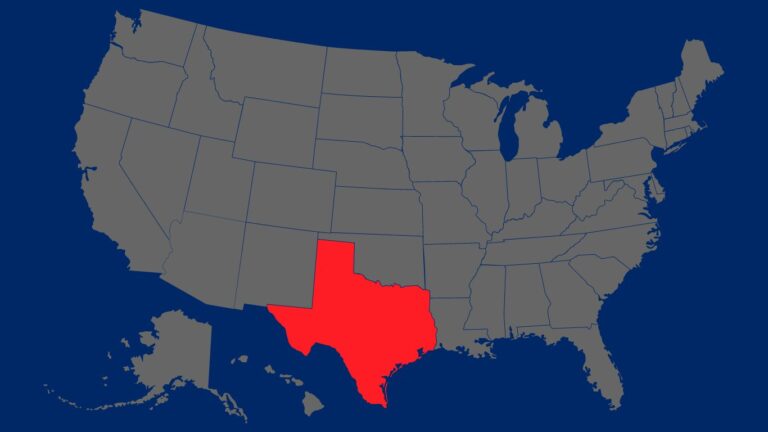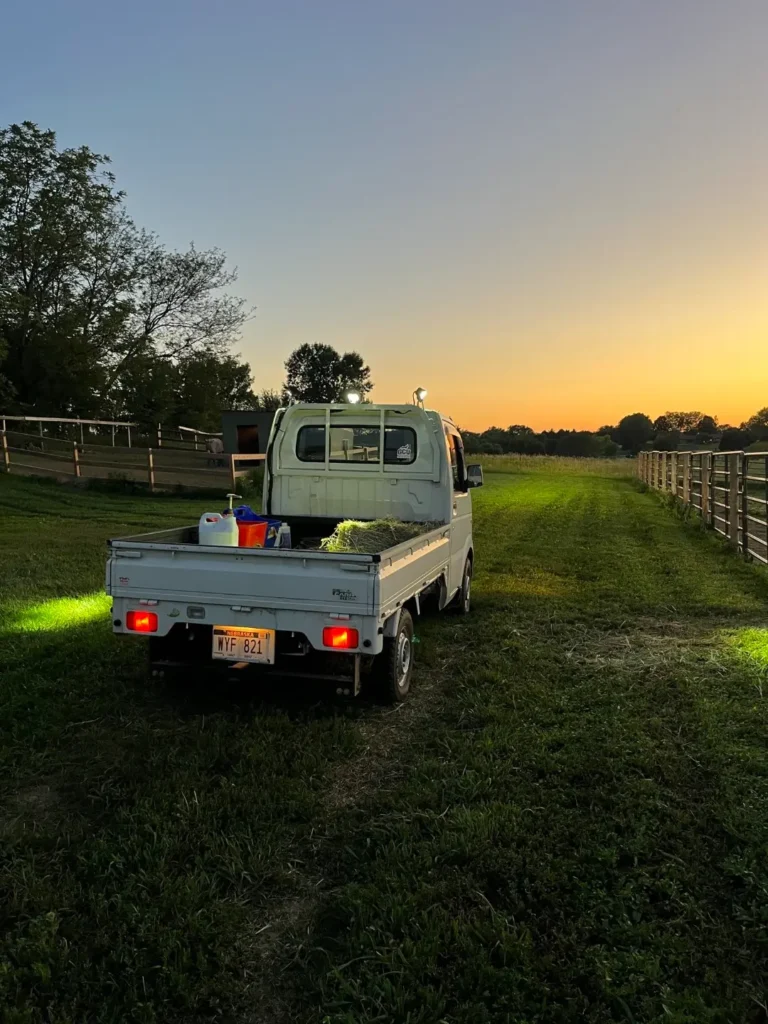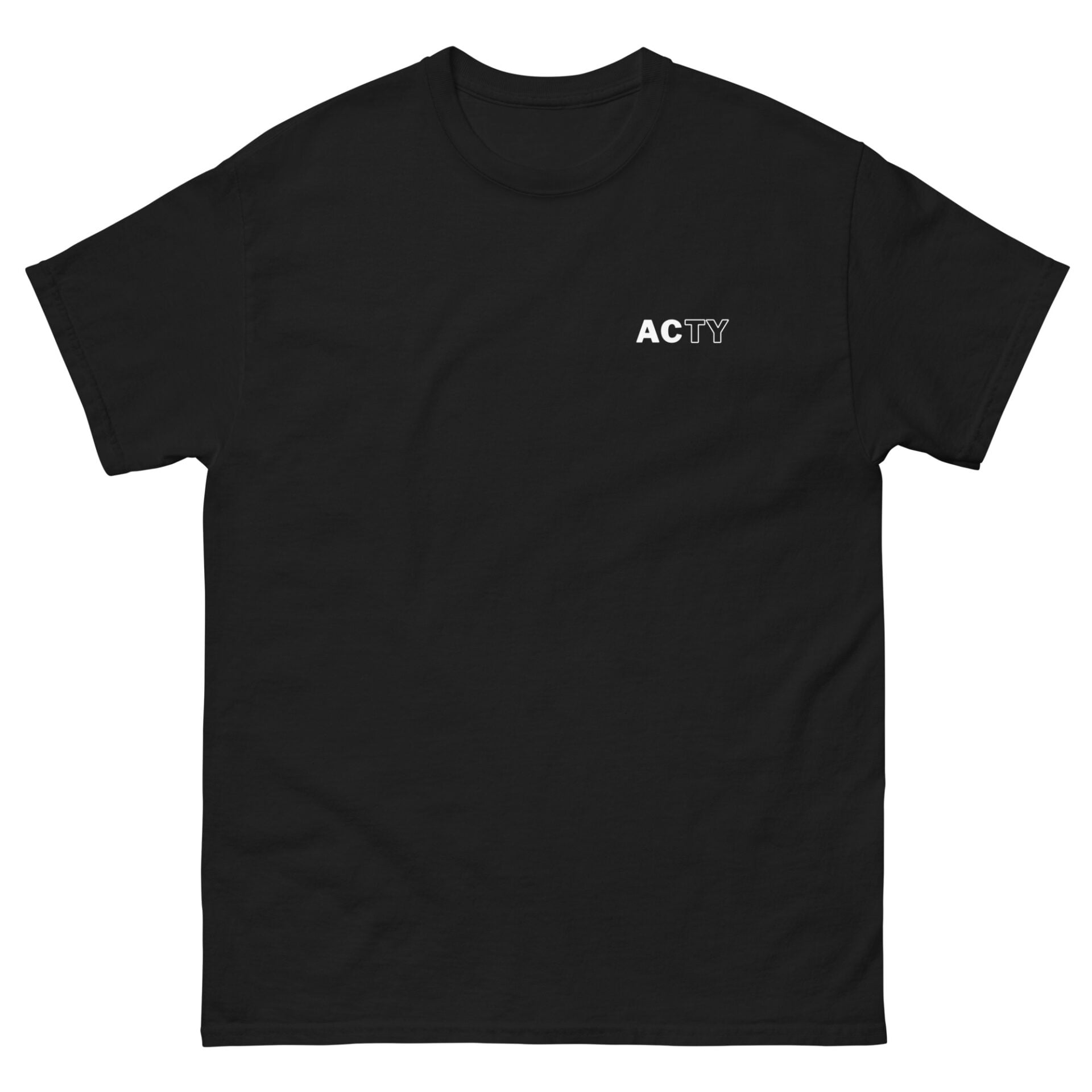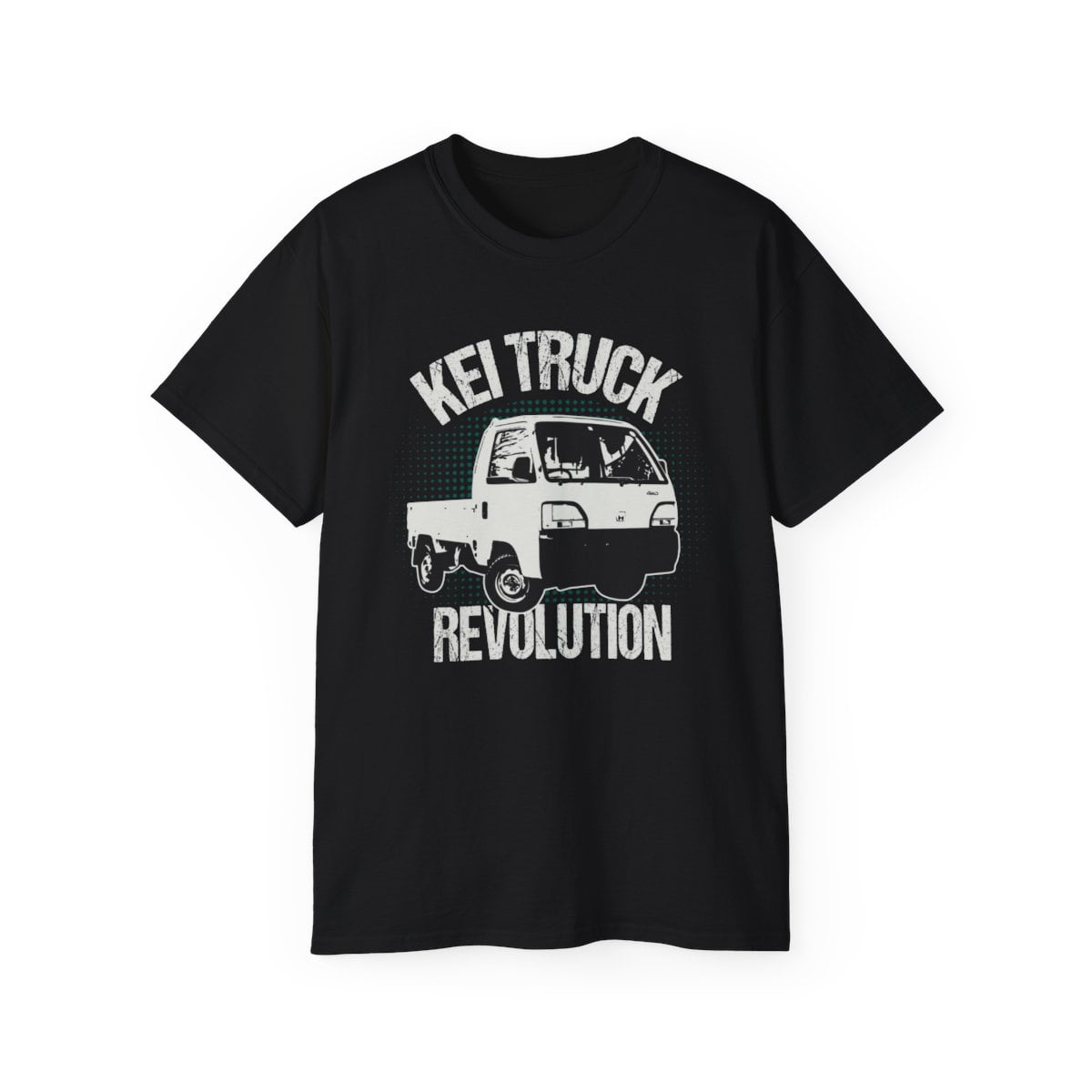Choosing between a Kei truck and a Ford F-150 involves more than just picking a vehicle; it’s a decision that reflects one’s lifestyle, work requirements, driving conditions and how big your… This comprehensive comparison examines the contrast between Japan’s compact and efficient Kei trucks and the quintessentially American Ford F-150 — a symbol of power and capability. By exploring the physical specifications, engine performance, and utility of both vehicles, we aim to provide a detailed understanding of how each excels in its own right. Whether you prioritize the Kei truck’s agility and cost-effectiveness or the F-150’s towing prowess and luxurious amenities, this article sheds light on which truck may best suit your needs. Join us as we delve into the world of pint-sized haulers and heavyweight champions.
Introduction to Kei Trucks and F150s
Overview of the Ford F150
The Ford F-150 is a testament to American engineering, representing a full-size pickup truck that’s been refined for toughness and capability. It’s known for its robust frame, made from high-strength steel, designed to withstand the toughest conditions. The interior isn’t just a cabin; it’s a mobile office equipped with the latest tech to keep you connected and in control.
The F-150 offers a variety of appearance packages, including the Heritage Edition and the Black Appearance Package, blending functionality with style. Its towing capabilities are well-known, bolstered by advanced features like Smart Hitch and On-board Scale. These make the F-150 a reliable partner for hauling heavy loads.
Purpose of Comparison
This comparison highlights the unique characteristics and applications of these vehicles. It gives you insights into how each can serve you in different settings and for various purposes. Whether you’re considering the Kei truck’s agility and practicality or the F-150’s power and versatility, this analysis will help you figure out which truck best fits your needs.
Size and Dimensions
Kei Truck Physical Specifications
Originating from Japan, Kei trucks adhere to stringent size limitations. Currently, they can be no longer than 3.4 meters, no wider than 1.48 meters, and no taller than 2.0 meters.
Their powertrains are limited to 660cc in displacement. Despite their diminutive stature, these vehicles are robust, constructed with a sturdy box-frame. They tip the scales at approximately 700 kilograms.
Equipped with essential road safety features, including seat belts and compliant lighting, Kei trucks also boast cargo beds around 1.8 meters in length with fold-down sides, and some models offer specialized beds such as dump and scissor-lift variants.
F150 Physical Specifications
In contrast, the F-150 Limited is a larger vehicle that emphasizes durability and performance. It is available in multiple cab configurations and bed sizes. For instance, the SuperCrew 5.5-ft Styleside variant has a wheelbase measuring 145.4 inches and an overall length of 231.7 inches.
The F-150’s construction features a military-grade, aluminum-alloy body. The interior is replete with luxury touches, including leather seating and amenities such as ambient lighting and a flow-through center console.
The F-150’s dimensions and construction are indicative of its substantial payload and towing capacities, solidifying its status in the truck segment.
Comparing Maneuverability and Parking
The Kei truck excels in urban environments, where its compact size and tight turning radius facilitate navigation through congested areas. Its cab-forward design, necessitated by Japanese regulations, further enhances its agility.
Conversely, the F-150 requires more room to maneuver and park, which can pose challenges in dense urban settings. However, its larger size contributes to its stability and performance in more open environments.
The choice between a Kei truck and an F-150 may hinge on the typical driving environment and personal preferences regarding vehicle size.
Engine and Performance
Kei Truck Engine Capabilities
Kei trucks have evolved, with their engine capacities increasing to the now-standard 658cc. This enhancement has led to a rise in horsepower, improving their capabilities.
Models such as the Daihatsu Hijet come with engines up to 998cc, while the Honda Acty is equipped with a 545cc engine. The Mitsubishi Minicab has expanded into the electric market with its Minicab MiEV.
These trucks can reach speeds of up to 60 mph and are known for engine durability, often exceeding 150,000 miles. With 4WD drivetrains in models like the Suzuki Carry and Subaru Sambar, they offer between 34 to 50 ps in horsepower and can achieve fuel efficiency of up to 47.9 MPG (we all know who wins this battle!).
F150 Engine Variants
The F-150 lineup includes a variety of engines, such as the high-output 3.5L EcoBoost and the 3.5L PowerBoost Full Hybrid V6. The latter combines gasoline and electric power to deliver 430 horsepower and 570 lb.-ft. of torque, supporting a maximum towing capacity of 12,700 lbs.
The 3.5L EcoBoost V6, mated with a 10-speed transmission, produces 400 horsepower and 500 lb.-ft. of torque, with a tow rating of 14,000 lbs. The F-150 Raptor features a twin-turbo 3.5L engine with 450 horsepower and 510 lb.-ft. of torque. The engines are designed for peak performance, with features like twin independent variable camshaft timing and the Ford port-fuel and direct-injection system, complemented by the 10-speed automatic transmission.
Fuel efficiency is generally between a measly 20 MPG city and 24 highway MPG.
Towing and Payload Comparison
Kei trucks are not designed for heavy towing, with a typical payload capacity of around 350kg. While some users have towed up to 1,000kg with certain models, this is beyond the recommended limits. These trucks are more suited for maneuverability in tight spaces rather than for heavy-duty tasks.
In contrast, the F-150 is built for substantial towing and payload demands up to 4,500kg. It includes advanced towing aids such as Pro Trailer Backup Assist and a smart trailer tow connector. Its construction allows for significant payload and towing capabilities, making it suitable for challenging work environments. The F-150’s Terrain Management System and selectable drive modes, including those for off-road variants like the Raptor, underscore its proficiency in various terrains.
Utility and Usability
Kei Truck’s Load Handling and Utility
In Japan, Kei trucks are a common sight, deftly navigating the tightest of spaces. Their design maximizes utility within their small footprint, making them ideal for transporting goods and people in areas where larger vehicles would struggle.
These nimble trucks are not only useful in urban settings but also prove invaluable in rural areas, particularly for agricultural purposes. Manufacturers have tailored models to meet the specific needs of farmers, as well as other sectors such as landscaping, enhancing their functionality with targeted accessories.
On private grounds, Kei trucks can serve as an alternative to other low-speed vehicles, offering impressive fuel economy. For instance, the Mazda Scrum is noted for its ability to achieve high fuel efficiency, which is beneficial for a range of applications.
F150’s Versatility and Utility Features
The F-150 is a powerhouse in the American truck market, known for its substantial towing capabilities. With the Max Trailer Tow Package, the 3.5L EcoBoost® V6 engine significantly increases the truck’s towing capacity.
The Super Duty® models elevate the F-150’s performance, boasting exceptional gooseneck towing capacity. These capabilities solidify the F-150’s status as a top-tier utility vehicle. The truck’s functionality is further enhanced by features that facilitate hauling and towing tasks.
Drivers benefit from a 12-inch Digital Productivity Screen and a Rear-View Camera with Dynamic Hitch Assist, which streamline the process of connecting to trailers. These innovations reinforce the F-150’s position as a multifaceted tool for a broad spectrum of activities.
Use Cases for Kei Trucks and F150s
In Japan, Kei trucks are well-suited for a variety of tasks, from agricultural work to property maintenance. Their versatility is a testament to their design, which prioritizes maximum utility in a compact package.
The F-150, on the other hand, is a popular choice in the United States for those requiring a robust vehicle for heavy-duty tasks, as well as for recreational use. It embodies the American spirit of versatility and strength.
A new contender in the utility vehicle market is a six-wheeled Chinese electric mini-truck, which surpasses the F-150 in load capacity, capable of transporting over 2,000 kg (4,410 pounds). This innovative vehicle features a 4×6 drive and dual 4 kW motors on the rear axles, achieving speeds of up to 45 km/h (28 mph). Although it targets a different segment than the F-150, it represents the diverse solutions emerging in the global market to meet evolving transportation needs.
Cost and Efficiency
Purchase Price and Maintenance Costs of Kei Trucks
These vehicles are generally more affordable than larger counterparts, reflecting their efficient use of space and modest engine size. The cost of ownership is also lower due to their simple construction and the prevalence of parts in their country of origin. However, in markets outside of Japan, the scarcity of these trucks may lead to increased maintenance expenses due to the rarity of parts and the necessity for specialized mechanics.
We have seen trucks go for as low as $4,000 for second hand and $30,000 for new.
Purchase Price and Running Costs of the F150
The F-150 commands a premium, reflecting its extensive capabilities and status within the Ford F-Series. Operating this truck incurs higher expenses, attributable to its powerful engines that are designed for demanding tasks but consume more fuel. Generally prices range from $70,000 to $130,000.
Making the Right Truck Choice
Choosing between the Kei truck and the Ford F-150 is a decision that hinges on intended use, environmental conditions, and personal preferences.
The Kei truck exemplifies urban practicality and nimble navigation, making it a favorite for those who value efficiency and ease of handling in tight spaces. Its low running costs and fuel efficiency are attractive for users in crowded cities or those with light-duty rural work.
On the other hand, the F-150 stands as a beacon of strength and capability, engineered for the American way of life that often demands high performance and heavy-duty towing capacity. With a suite of advanced features, it is tailored for those who need a reliable powerhouse in diverse terrains and work scenarios.
Ultimately, the best truck choice boils down to matching the vehicle’s strengths to your daily demands—be it the compact agility of the Kei truck or the all-American muscle of the F-150.

